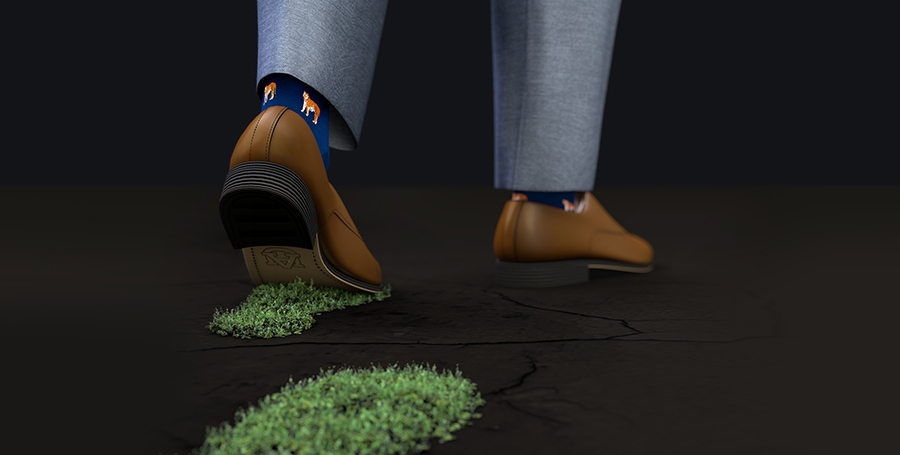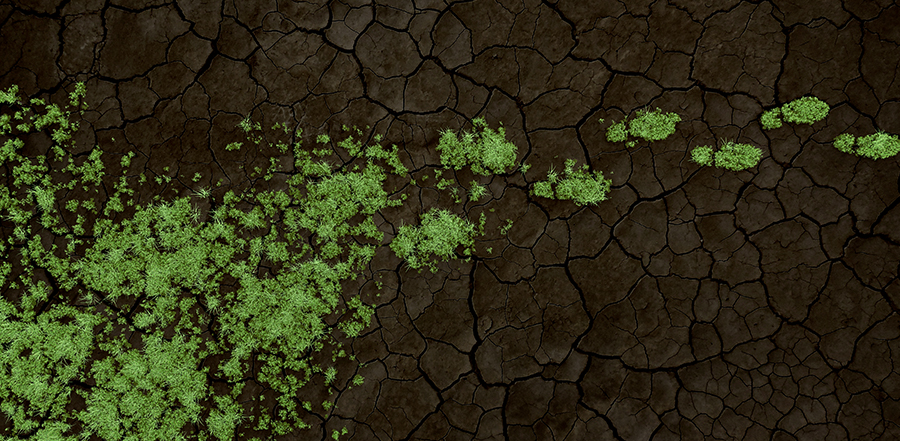A Way Forward

Infinite planet, infinite human growth and development. Not a good combination. We’ve got to leave a green footprint, or at least a greener footprint. How? Well, if you can’t eat it, drink it, breathe it, bathe in it, if it hangs around for hundreds of years, don’t put it out in the environment. If it’s a product of exploitive labor, don’t buy it, don’t fold it into your supply chain.
That’s a whole lot of don’ts, and not many dos. So, what do we do? How do we turn growth and development into sustainable growth and development?
It would be naive to think there are simple, easy solutions, or even simple, easy ways to define the problems. If we’ve learned anything over the past few decades, it’s that very little about sustainability is simple and easy. That said, a first step might be to understand the tradeoffs in any given course of action. That’s something that business men and women are well suited to do. Here’s the cost. What’s the benefit, what’s the ROI?
If you attempt that kind of analysis, you’ve got to be thorough, no assumption left unexamined, no detail unexplored. Architect Mies van der Rohe said, “God is in the details.” Maybe successful sustainability is in the details, too.
In this issue, we’ve attempted to explore some of those details. Take a read and maybe you’ll see a path to a greener future. Let us know what you think.


